A wrapped token is a form of cryptocurrency that exists in another cryptocurrency's blockchain. What are the benefits? And why you should invest in it?
Cryptocurrency offers an innovative way to trade in the digital market. But there are some limitations to that. Some cryptocurrencies run in different blockchains, and it can be a problem for some traders because they can't transfer between blockchains. Fortunately, there is a solution to that problem, called wrapped tokens. This token serves as a bridge between blockchains and allows them to be 'connected'.
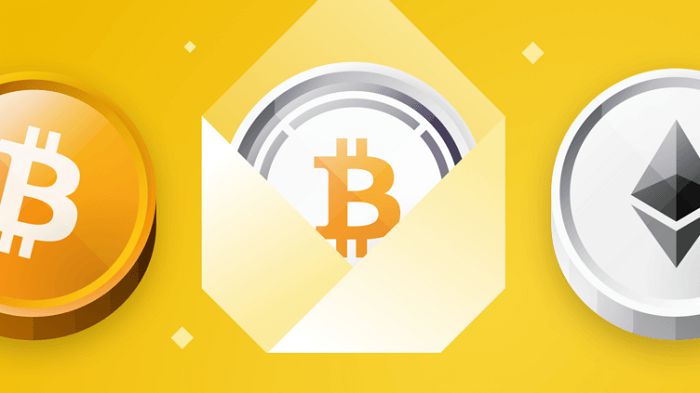
Understanding Wrapped Tokens
Blockchain is a fairly new technology, there is no perfect method to transfer the information from one blockchain to another. For example, if you want to have an ERC-20 token, you will need to swap the crypto you have for a different ERC-20 token in a fiat currency exchange. This means you are changing the asset allocation in your portfolio. Not to mention there are high transactional fees on the Ethereum blockchain to participate in the DeFi market. This is where wrapped tokens come in handy.
A wrapped token is a type of cryptocurrency where the value is tied to an underlying cryptocurrency, such as Bitcoin or Ethereum. It's called wrapped because the actual value of the token is technically kept in a digital safe. This allows the wrapped version of the token to be created in another blockchain. Usually, the value can be unwrapped or exchanged anytime you want. This token normally represents another token that does not come from the wrapped token original blockchain.
Wrapped Tokens vs Stablecoins
The concept of a wrapped token might sound familiar to you. As a matter of fact, the wrapped token is kind of similar to stablecoin. A stablecoin is a cryptocurrency in which the value is also pegged to another underlying currency. But, the difference is, stablecoin values are tied to a fiat currency such as USD. Some stablecoins tied themselves to commodities such as gold, silver, or even oil. They achieve price stability via collateralization or through buying and selling the reference assets they're pegged to Meanwhile, a wrapped token gets its value from another blockchain.
How Do They Work?
In order to understand more about wrapped tokens, perhaps it's best if you looked closely at how it worked. Let's use a Wrapped Bitcoin (WTBC) as an example. This is a 'wrapped' version of Bitcoin in an Ethereum blockchain, so it's an ERC-20 token with a similar value to Bitcoin. This gives you the ability to use Bitcoin effectively in an Ethereum blockchain.
See Also:
Normally, a wrapped token needs a custodian, an entity with a similar amount of asset to the wrapped token. This custodian can be anything from merchant, wallet, DAO, to a smart contract. In this case, the custodian must have 1 BTC for every 1 WBTC produced.
So, how does the wrapped process work? First, the merchant will send BTC to a custodian. Then, the custodian will produce WTBC in Ethereum blockchain, with the same amount of BTC. That is how a wrapped token is 'created'. The same goes when a WBTC needs to be exchanged back into BTC. Merchant will send a 'burn' request to the custodian and BTC will be released from the wrapped token. In this case, the custodian is considered a wrapper and burner at the same time.
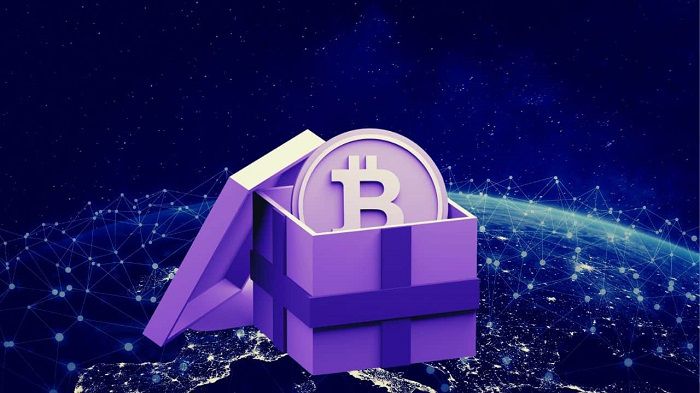
Why You Need Wrapped Tokens
If you are a seasoned player in the world of cryptocurrency, surely you know that blockchains are developed at different times. Furthermore, they are most likely to have different characteristics and are not connected to each other. For example, the Bitcoin blockchain is entirely unaware of what is happening in the Ethereum blockchain. This makes cross-chain almost impossible without a connector that is able to 'penetrate' the other blockchain. But, by using the wrapped tokens, you can create connections between different blockchains and benefit from their functions. Some wrapped tokens might let you enter the DeFi ecosystem quickly, so you can also use them for lending and staking.
In short, the wrapped token is needed to allow crypto assets used on a non-native blockchain. For example, if you want to use Bitcoin in Ethereum's ecosystem of decentralized applications (dApps) and smart contracts, you can use its wrapped versions.
Wrapped Token Benefits
Although most blockchains have their own rules and standard regarding their native tokens, these rules are not applicable in other chains at the same time. Wrapped tokens allow the non-native token to be used in a certain blockchain. This token can increase trading efficiency, as well as increase liquidity for both centralized or decentralized exchanges. It's capable of wrapping assets and using them in different blockchains in order to create a stronger connection between liquidity that's normally isolated.
Another important benefit is deeply connected to transactions' duration and cost. Although Bitcoin has other features you can benefit from, it is not the fastest out there. Sometimes, it might even cost too much and burden traders with the fees. This problem can be solved by using the wrapped version of certain cryptocurrencies in another blockchain with better transaction time and lower cost.
Wrapped Token Limitations
Wrapped tokens are popular because of the benefits. However, this token also has some limitations. At the moment, most wrapped token implementations require trust in the form of custodians who has funds. The current technology does not allow this token to be used for a true cross-chain transaction, that's why a custodian is needed. Also, the process of producing a wrapped version of certain tokens might be expensive due to the pricey gas fees.
Most Popular Wrapped Tokens
There are plenty of wrapped tokens in the market right now, but some of the most popular tokens right now can be narrowed into the list below:
1. Wrapped Bitcoin
One of the most popular wrapped tokens right now belongs to Bitcoin. Wrapped Bitcoin or WBTC was released in 2019 as a tokenized version of Bitcoin that is compatible with the Ethereum blockchain. 1 Wrapped Bitcoin stands for 1 Bitcoin, so the holder can easily convert BTC to its wrapped version and use it in the Ethereum blockchain. In April 2021, WBTC's value has increased to more than 120% and is around $64,700 at the moment. This was one of the first wrapped coins created in order to 'connect' different blockchains.
2. Wrapped Ether
Ether is a native coin in the Ethereum blockchain, so why do they need their own wrapped token? Wrapped Ether was created before ERC-20 came around. So, this coin is not compatible with ERC-20. You can't directly trade Ether for ERC-20 without using a third party like a centralized exchange. To solve this problem, Ethereum created Wrapped Ethereum, a token that is compatible with ERC-20.
3. Wrapped BNB
This one is a little bit different compared to the other tokens. Wrapped BNB or WBNB is compatible with BEP20, a standard that makes it possible for any token run in Binance Smart Chain (from Binance exchange) to be used in other places. Furthermore, BEP20 makes it possible for ERC-20 to facilitate all forms of cross-chain transfer. As a result, Wrapped BNB can be directly traded with other tokens in the market.
After Thought
There are some limitations when it comes to cryptocurrencies. Because each of them mostly runs in different blockchain technology, it's almost impossible to do direct transactions without using a third party. This is why wrapped tokens can be a necessity in assisting crypto traders. This token allows traders to use a token that is not native to the blockchain, like how WBTC enables Bitcoin to be traded in an Ethereum blockchain. Still, wrapped tokens need to use custodians in order to facilitate the productions of said tokens.
Besides wrapped tokens, there is another type of token that might benefit you in cryptocurrency trading. Known as leveraged tokens, this asset can increase gains but not available in many exchanges. Find out how they work in All You Need to Know about Leveraged Tokens.

 Dedicated FREE FOREX VPS
Dedicated FREE FOREX VPS Free FOREX Virtual Private Server
Free FOREX Virtual Private Server MT4 Demo Contest, Get $500
MT4 Demo Contest, Get $500 Sign Up for an Account, Claim 60% Deposit Bonus
Sign Up for an Account, Claim 60% Deposit Bonus Free MT4/MT5 VPS 2024
Free MT4/MT5 VPS 2024 Send E-mail and Get Free Merchandise
Send E-mail and Get Free Merchandise $1K Refer a Friend Bonus for Pepperstone Pro clients
$1K Refer a Friend Bonus for Pepperstone Pro clients Maximize Your Earnings with 100% Deposit bonus
Maximize Your Earnings with 100% Deposit bonus Trade to Win, $5,000 Monthly Demo Contest
Trade to Win, $5,000 Monthly Demo Contest Claim 30% + 15% Deposit Bonus from LiteFinance
Claim 30% + 15% Deposit Bonus from LiteFinance
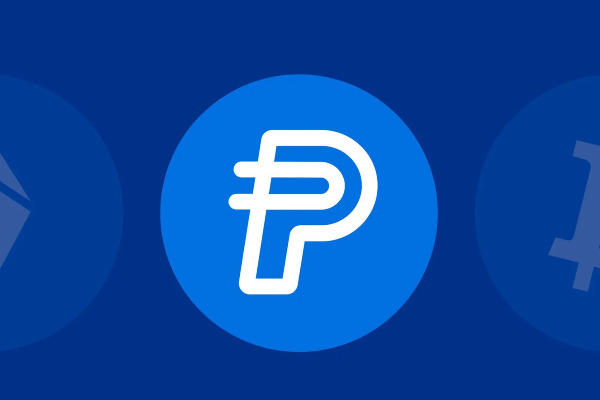
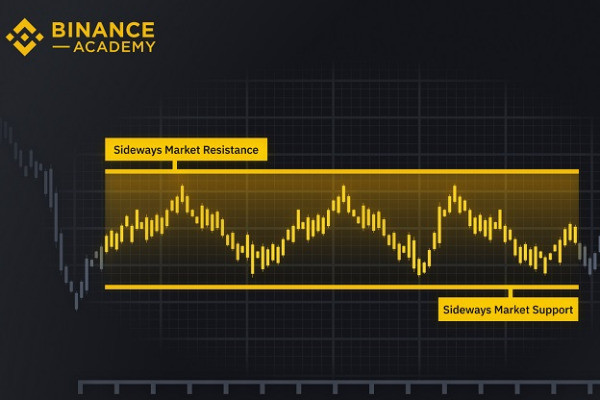
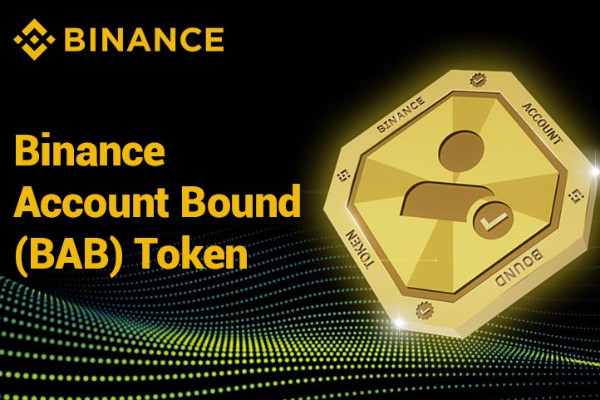

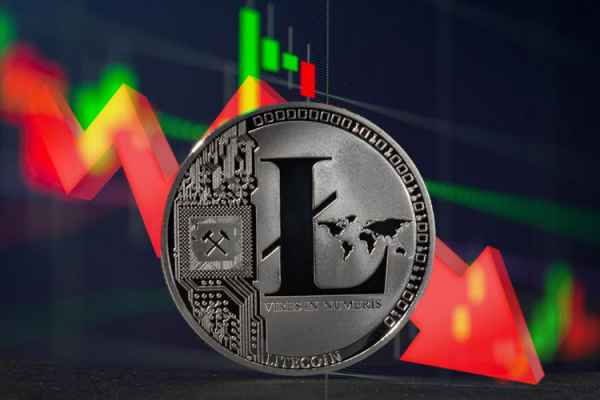

 Bitcoin
Bitcoin Ethereum
Ethereum Tether
Tether BNB
BNB Solana
Solana USDC
USDC XRP
XRP Dogecoin
Dogecoin Toncoin
Toncoin Cardano
Cardano